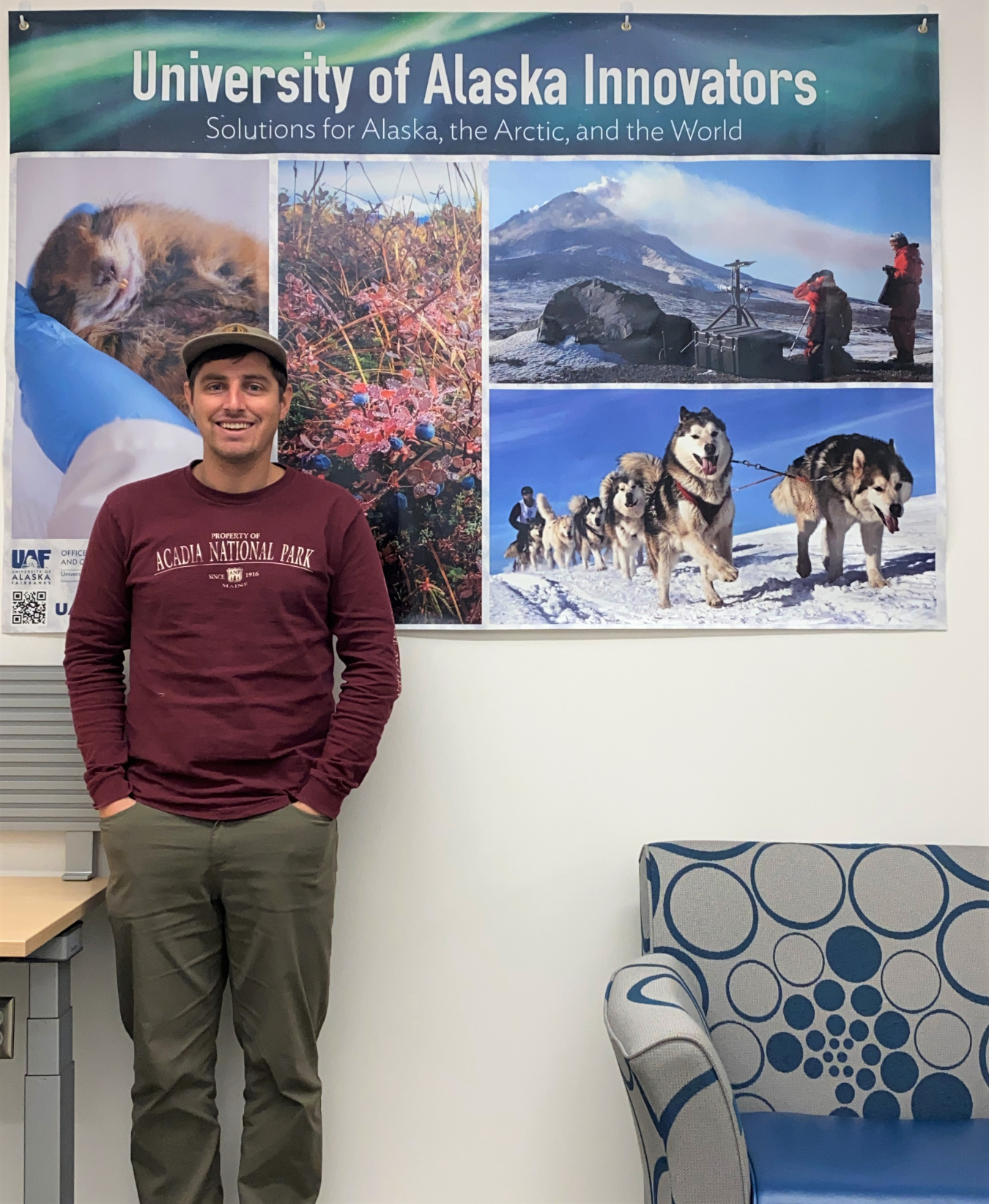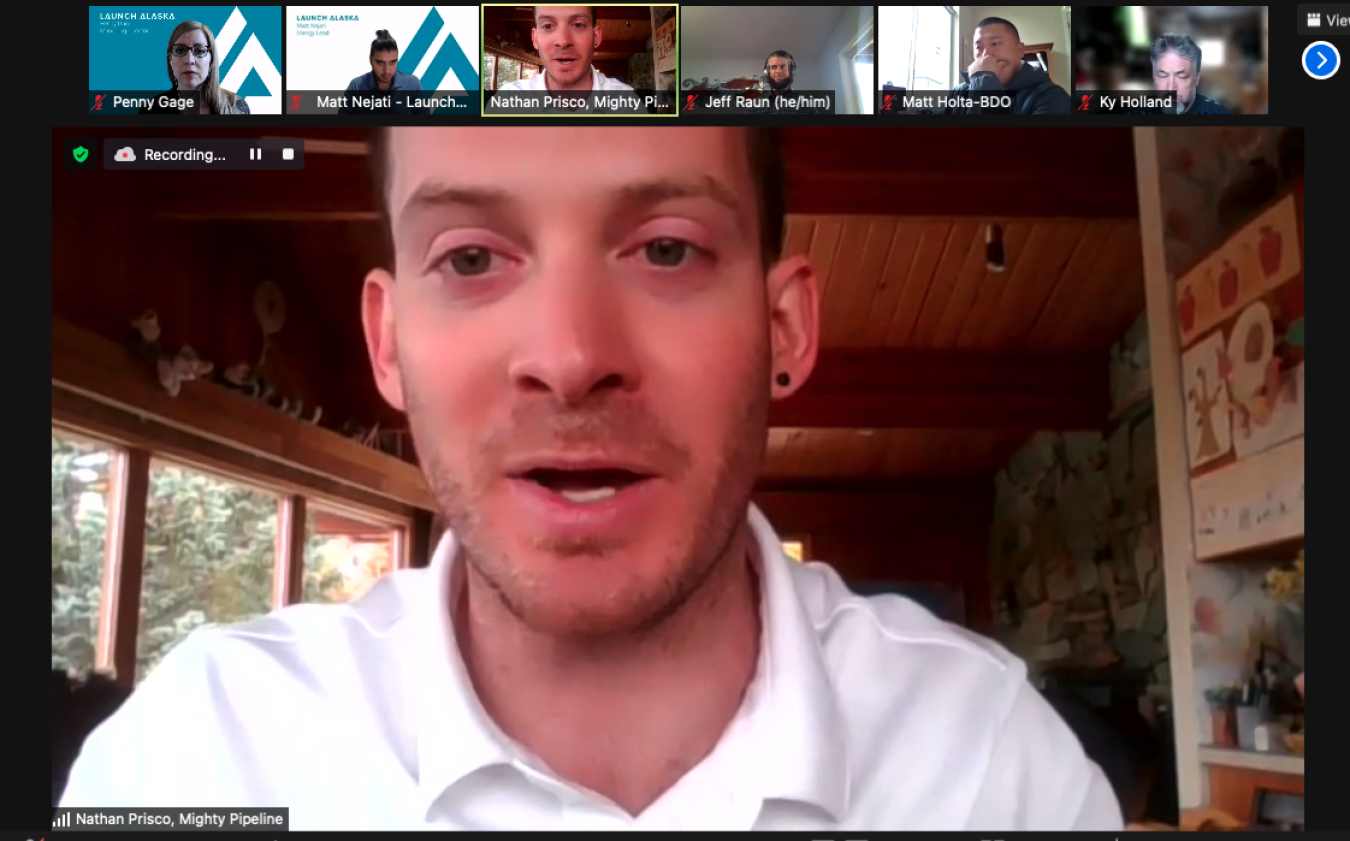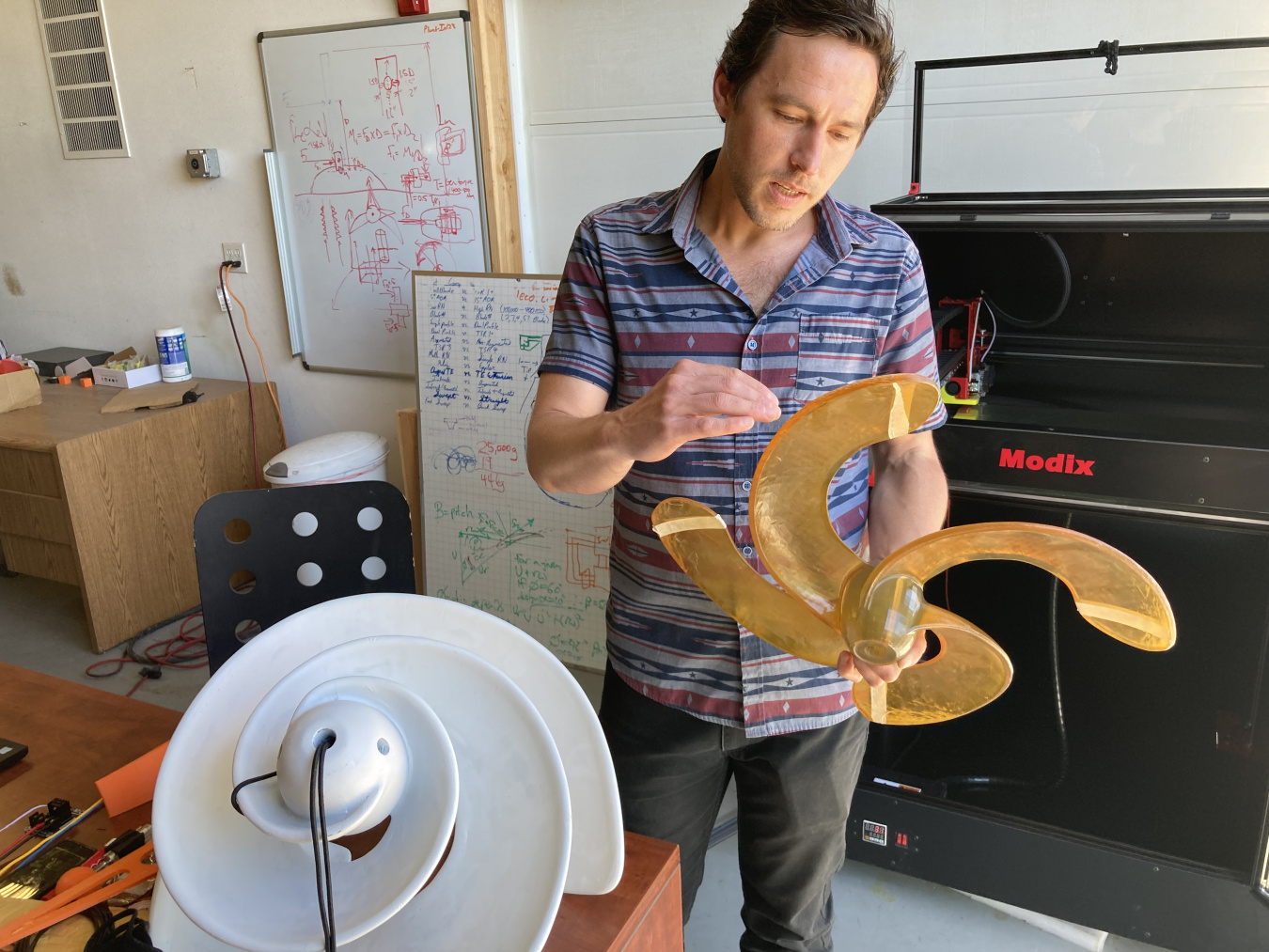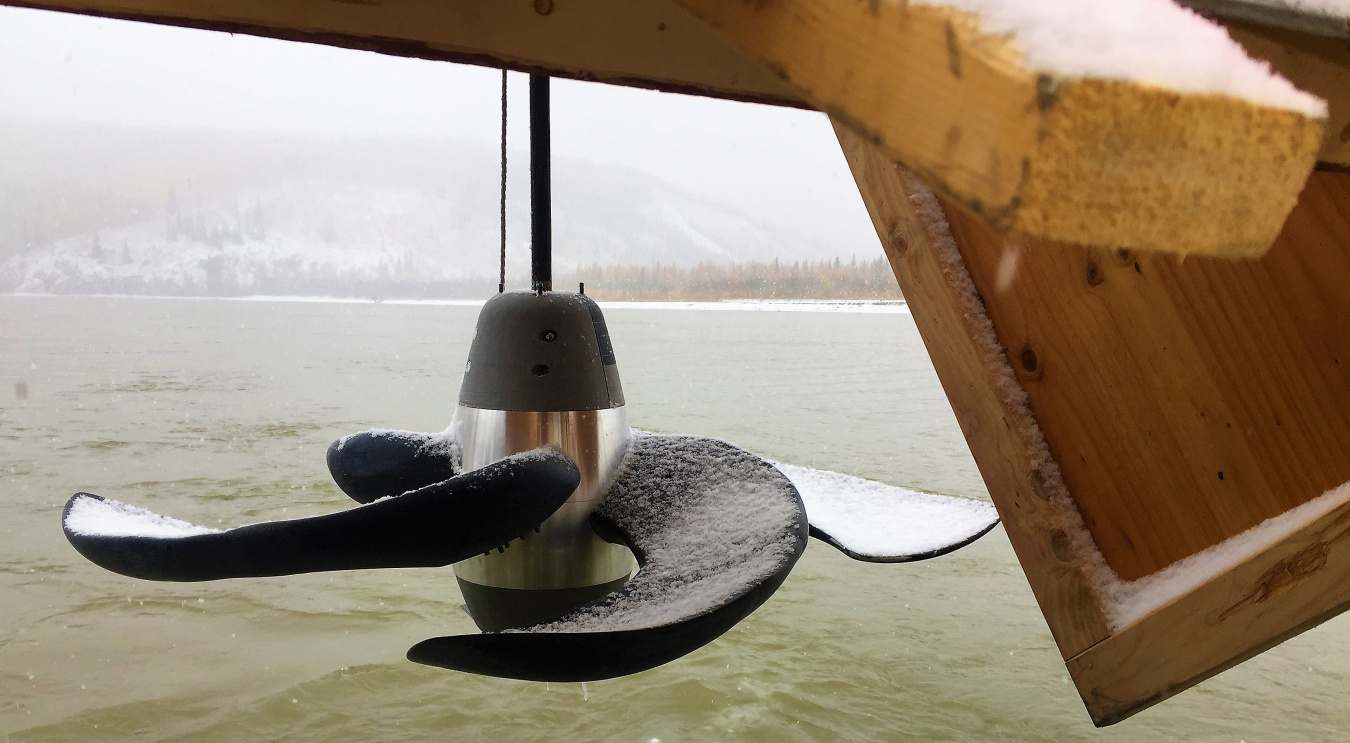
Startups have the power to revolutionize Arctic energy systems. With access to U.S. Department of Energy (DOE) national labs and offices, academic advisors, investors, and peer networks, entrepreneurs across the energy spectrum are leveraging government resources and industry partnerships to advance Arctic energy transitions.
Here is a sampling of the innovative endeavors that show exciting promise for the Arctic’s future energy landscape!
Arctic Innovators Program
In this program, Arctic Innovators pursue new manufacturing technologies at a DOE national laboratory that will impact Alaska. Meanwhile, they receive support for their early-stage concept that they pitch to potential investors. The program is sponsored by DOE’s Advanced Manufacturing Office and the Oak Ridge Institute for Science and Education (ORISE) and is in partnership with the University of Alaska Fairbanks (UAF).
The first Arctic Innovator is Dr. Nathan Prisco, a chemical engineering Ph.D. researching a novel and affordable approach to transport hydrogen as a clean fuel using existing oil pipelines. The key is using a chemical carrier such as ammonia from which the hydrogen can be extracted or used directly once transported. With access to Pacific Northwest National Lab facilities and mentors, he helped launch a company called Mighty Pipeline and a new technology that will stabilize the oil and ammonia mixture. Potential customers include oil and gas companies, marine refueling stations, and power utilities. “I wanted to launch a technology to decarbonize the region as quickly as possible,” he said. “The technology helps Alaskan gas compete in clean hydrogen markets and paves the way for large-scale renewable hydrogen projects across Alaska that will immensely benefit from access to an ammonia-ready oil pipeline."
The second Arctic Innovator is Chris Woodruff, a mechanical engineer commercializing a hydrothermal process to destroy toxic chemicals called PFAS (per- and polyfluoroalkyl substances), leveraging innovative materials and manufacturing methods developed through research at Idaho National Lab. He came into the program already having founded a company called Aquagga, which aims to break down these “forever chemicals” used in consumer products and industrial firefighting foams. Now he’s focused on doing further research, meeting with mentors and pinpointing potential customers like military bases, industrial and municipal sites, and environmental firms across Alaska. “The goal is to get a technology out of the research institutions and into the commercial world and make a difference for PFAS and other environmental contaminants,” he said.

An ‘EPIC’ Collaboration with Launch Alaska, Center ICE
Helping to advance a wide range of start-up companies is a clean energy accelerator called Launch Alaska, which received funding from the DOE’s Office of Technology Transition’s Energy Program for Innovation Clusters (EPIC) to establish an electric transportation track. Besides stimulating energy and related hardware development, Launch Alaska mentors innovative companies deploying energy solutions in Alaska.
“We focus on early-state companies and investors,” said Rob Roys, Chief Innovation Officer. “Alaska is Proving Ground One for startups to deploy and validate technology,” he said. Launch Alaska offers regular technology deployment tracks where startups pitch ideas to potential partners, investors, customers, and mentors. The organization’s latest one in September accepted 20 companies pitching to 55 entities. “It’s like speed dating but more exciting,” he said, noting that “these innovative projects recruit companies to the state to solve problems and we all leave exhilarated.”
Also mentoring these budding entrepreneurs is UAF’s Center for Innovation, Commercialization and Entrepreneurship (Center ICE), which provides guidance on such things as patents and legal business filings. “Arctic Innovators are doing applied research and actually solving real-world arctic problems, said Director Mark Billingsley. “We can connect them with technical expertise to help them come up with a solution so that industry can adopt it and make money off of it,” he said. “Everybody has a wish to work for a startup—it's liberating to be risk-taking while taking a company in different directions.” He noted that it’s his own personal passion to “help solve arctic challenges and support economic development in the right direction.”


ARPA-E’s SHARKs Project
A startup with those same ambitions is leveraging water-based resources to solve arctic challenges. The Submarine Hydrokinetic And Riverine Kilo-megawatt Systems (SHARKs) program team at DOE’s Advanced Research Program Agency-Energy (ARPA-E) is generating solutions via affordable and reliable hydropower generation from waves, tides, ocean currents, and rivers. One SHARKs funding recipient is UAF, which, in turn, subcontracted to a startup called BladeRunner. Its high efficiency floating generator and tethered underwater turbine are truly innovative hydrokinetic devices.
“There are millions of individuals in remote locations who face a variety of electricity access hurdles,” said BladeRunner’s Principal Investigator Moriel Arango. “The current BladeRunner technology is being designed with the intent to serve power needs for remote communities—whether they have no access to electricity, are fully dependent on diesel generation, and/or are trying to increase energy independence by harnessing more renewable distributed power,” he said.
The company is conducting prototype testing at a site in the Tanana River operated by UAF, the northernmost member of the DOE-supported Pacific Marine Energy Center. The eventual goal is for widespread technology deployment. “We hope to see early and prolonged adoption in Alaska, the northwest region of Canada, and the Pacific Northwest,” Moriel said.
Support Leads to Stronger Startups
DOE funding has enabled new technologies to solve pressing energy challenges in Alaska that could be applied to the Arctic as a whole. By providing funding and managing programs that connect entrepreneurs with national lab researchers and investors, DOE is helping to improve the sustainability, affordability, and reliability of Arctic energy infrastructure.

